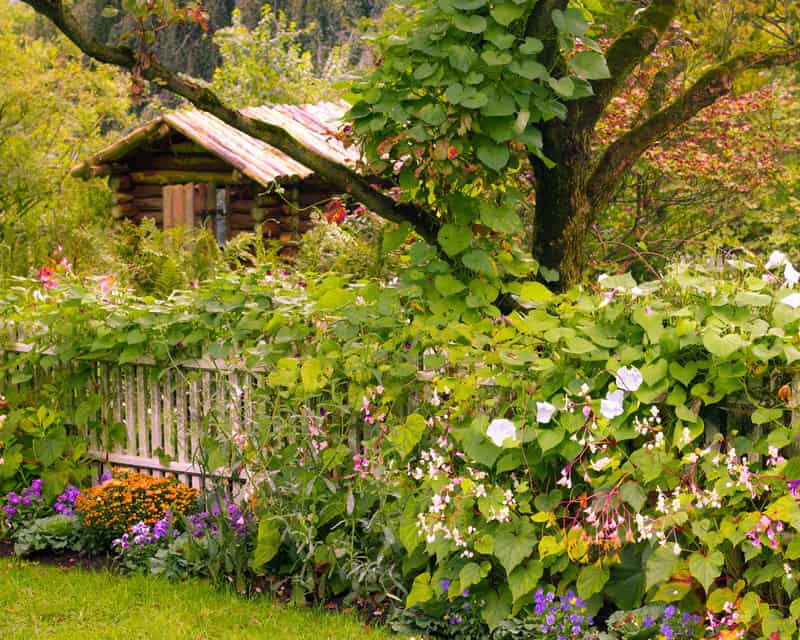CA Contractors #344056

A sustainable landscape requires forethought and careful planning to honor and respect the surrounding ecosystem. The design takes the local environment, climate, average temperatures and rainfall, wildlife, and terrain into account, utilizing natural materials as much as possible - and minimizing the resources necessary to make it all happen.
When we design a sustainable landscape in the Bay Area, we focus on five key areas to create a landscape design that suits your lifestyle, while also respecting the ecosystem. The great news is that planning a landscape that respects the environment means less need for fertilizers or pest- and herbicides reduced water consumption, and lower maintenance requirements to keep your yards looking great year-round.
The focus for most homeowners is what’s above the ground. For landscape designers, it’s just the opposite. Your soil is a significant factor in what will do well – and what won’t. What will thrive with the soil as is, and which species would require ample amendment or fertilizers to grow year-by-year.
The soil is the womb of the plant life up above. In addition to storing the water and nutrients plants require to thrive, the soil should contain a rich, biodynamic range of microorganisms, including fungi, to facilitate plants’ uptake of available vitamins and minerals. On the flip side, soil can also be a detriment to plants by draining water too quickly, harboring pests that eat the root bases, foliage, and fruits, or by holding so much water it drowns and rots the plants’ roots.
In addition to assessing your landscape, sun/shade exposure, etc., soil samples from various areas in the yard establish a baseline from which we can plan amendments, rotations, and plant species selection.
Water conservation is a hot topic in California, a state that is known for sustained drought years. The more we design landscapes with water conservation in mind, the better off our communities are. In a perfect world, all landscaping would require zero- to very little irrigation – all of which would come from Mother Nature.
We’ll install drip systems, soakers, sprinklers, etc., in accordance with the needs of the plants. Timed irrigations systems adjusted for rainfall – or lack of it – keeps gardens hydrated exactly as necessary without wasting water. We eliminate much of the need for irrigation by merely planting the right things, in the right spaces, matching sun/shade exposure and seasonal climate changes.
Read, Landscaping with Water Conservation in Mind, to learn more. The good news is that honoring the tenets of a drought-tolerant landscape is a tremendous (perhaps the most important) step in sustainability.
The hardscape is all of the non-living material you build into your yards and outdoor spaces. This includes things like:
By using pavers, rather than concrete or asphalt, that allow water to percolate back into the soil, building raised garden beds, and utilizing recycled materials whenever possible, your hardscape design will live up to your sustainable goals.
Now it’s time to decide which plants and turf will go where. Planning the plant species that will flourish in your landscape depends on multiple factors:
If you’re interested in lawns, read our post on the pros and cons of artificial grass. While we prefer nice, lush green lawns –side yards and lesser-used areas can benefit from water conservative artificial turf without straining the water table.
Then, there are all the little extras that complete the outdoor landscaping package. Your outdoor lighting plan should utilize timers and energy-efficient lighting as much as possible. Eating, seating, wildlife watching, playing- areas for all of the above can all be a part of your sustainable landscape plan.
Are you ready to overhaul your existing landscape and build one that’s more sustainable? Contact the team here at Bay Area Landscapes. We have decades of experience and look forward to putting them to use for your outdoor living spaces.